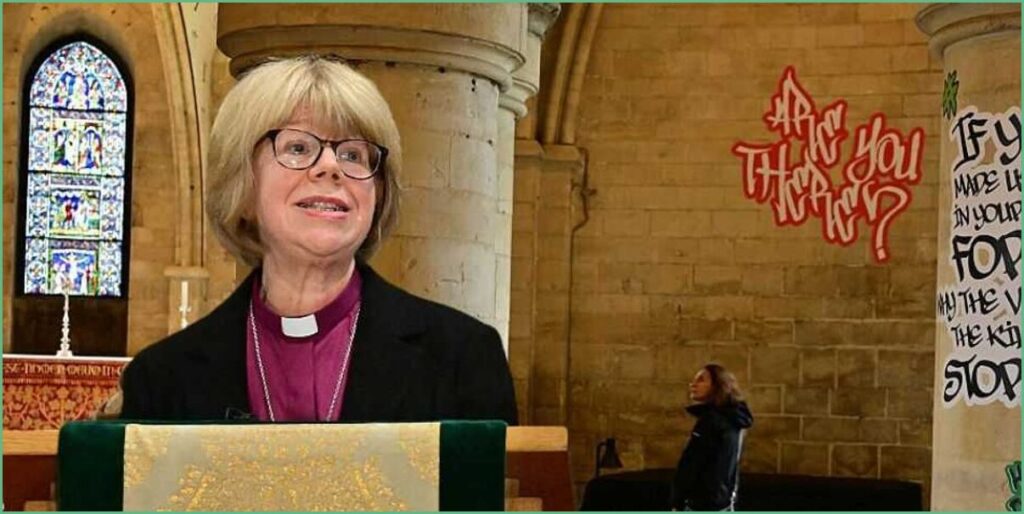I trace the decline of the parish priest, the hollowing out of communal ritual, and the cultural shifts that left churches empty, arguing that the loss of clergy and conviction has turned once-vibrant religious life into quiet habit and repurposed buildings.
In small Irish towns the priest used to be as central as the pub or the post office, tending baptisms and funerals and sorting neighborhood feuds before Mass. He was part pastor, part counselor, and part community referee, anchoring daily life in ways that screens and services cannot. Today that role has frayed: seminaries no longer produce volunteers and the veterans left are stretched thin, shuttling between parishes like exhausted delivery drivers.
The statistics are stark: ordinations have collapsed, and the average cleric is well past retirement age in many dioceses. Outsourcing clergy from abroad can fill liturgical gaps, but it does little for the social glue that comes from shared history, local jokes, and kitchen-table conversations. Many people haven’t stopped believing in God; they’ve stopped believing the institution is worth the effort.
Ritual has withered alongside attendance. Confessions gave way to podcasts, and weekly Mass has become something to stream between other things. Technology promises connection but often hands out solitude disguised as convenience, making communal worship feel as hollow as watching someone else eat your dinner.
Where congregations once spilled into tea and gossip after services, now the social fabric is frayed: language and music shift, pubs close, and the rhythms that made villages feel like homes blur into modern routines. Churches sit beautiful and empty or are repurposed into cafes and concert venues, trading sanctuary for foot traffic and flat whites. That kind of progress feels less like cultural renewal and more like repurposed reverence.
Signs of continuity remain: older generations still bless themselves, light candles, and turn to prayer at moments of crisis. Weddings and funerals continue to draw people because ritual still matters in life’s turning points. But faith has become quieter, a pilot light rather than a blaze, and the institutions that once channeled it lack the muscle to rekindle public engagement.
Attempts to modernize worship have sometimes backfired, turning centers of worship into stages for trendy or provocative art that feels intrusive to many. Projects meant to invite diverse voices can land as jarring interruptions to traditions, and when critics call that out they often meet derision rather than debate. That reaction highlights a deeper problem: both the religious institutions and their avant-garde critics can lack the conviction that once defined public faith.
Across denominations, timidity and trend-chasing have too often replaced moral clarity and spiritual leadership. When churches prioritize inclusion as an aesthetic or a talking point instead of grounding it in conviction, they risk alienating those who come for certainty. Young men in particular are less likely to pursue a celibate, cloistered calling when pulpits exchange absolution for activism.
If religious life is to endure, institutions need less PR and more backbone—less sermonizing about contemporary trends and more preaching about meaning and duty. The next revival will not arrive from a curated event calendar but from communities and leaders willing to stand for something substantial. Without a return of fortitude and a recovery of ritual, many churches will continue to empty and their buildings will keep finding new lives that only echo the past.
